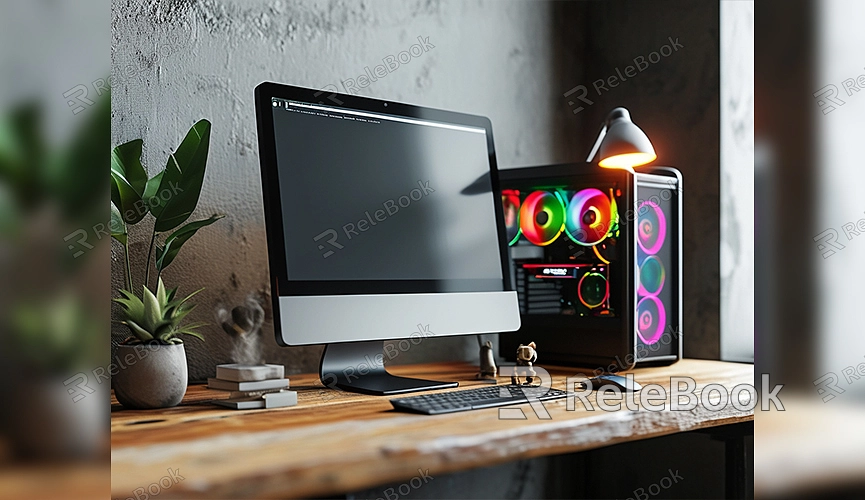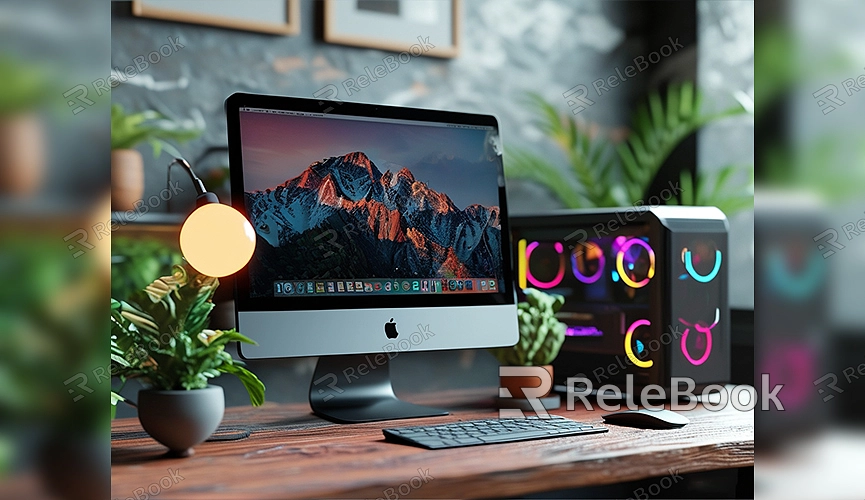How to render a computer rig in blender
Rendering a computer rig model in Blender is a complex but rewarding process. From creating the model to the final render, every step is crucial. If you want your computer rig model to look more realistic and professional, these tips and steps will guide you through the process.
Creating the Computer Rig Model

1. Design and Modeling
The first step in creating a computer rig model in Blender is designing and modeling. Start with simple geometric shapes and gradually add more detail.
- Create Basic Shapes: Use Blender’s basic geometric shapes (such as cubes and cylinders) to build the main structure of the computer rig. Adjust the size and position of these shapes to create the basic framework of your model.
- Refine the Model: Enter Edit Mode to refine your model, adding more details like buttons, ports, and screens. Use extrusion, cutting, and subdivision tools to achieve these details.
2. Add Materials and Textures
Adding materials and textures significantly enhances the realism of your model. Blender offers powerful material editing features to help you achieve realistic effects.
- Set Up Materials: In the “Material Properties” panel, create new materials and assign them to your model. Adjust the material’s color, reflectivity, and roughness to match the real-world appearance of the computer rig.
- Apply Textures: Use UV mapping to apply textures to your model. Choose suitable texture images, such as metal surface textures or screen textures, and accurately map them onto the model’s surface.
Rendering the Computer Rig Model

1. Configure Camera and Lighting
Properly configuring the camera and lighting is key to rendering your model in Blender.
- Set Up the Camera: In the “Camera Properties” panel, set the camera’s position and angle to capture the best view of the model. You can add multiple camera angles and preview them before rendering.
- Configure Lighting: Add appropriate light sources, such as point lights, spotlights, or ambient lights, to simulate realistic lighting conditions. Adjust the intensity and position of the lights to ensure the model’s details are clearly visible.
2. Adjust Render Settings
Blender offers various render engines and settings to help you achieve the desired rendering effects.
- Choose a Render Engine: Blender’s common render engines include Cycles and Eevee. Cycles is suitable for high-quality ray tracing effects, while Eevee is ideal for real-time rendering and quick previews.
- Set Render Parameters: In the “Render Properties” panel, adjust settings such as resolution and sampling rate to achieve the best render quality. Increasing the sampling rate can reduce noise and improve image quality.
3. Render Output
After setting everything up, you can start rendering the computer rig model. Ensure you select the correct output format (such as PNG or JPEG) and resolution for high-quality render images.
- Execute Rendering: Click the “Render” menu and select “Render Image” or “Render Animation.” Blender will begin the rendering process, which may take some time depending on the complexity of the settings.
- Check Results: After rendering is complete, review the final image or animation to ensure it meets your expectations. If needed, perform post-processing to further adjust the effects.
Rendering a computer rig model in Blender involves multiple steps, including modeling, adding materials and textures, configuring the camera and lighting, and adjusting render settings. Each step can impact the final render result, so attention to detail and patience are essential. If you need high-quality 3D textures, HDRIs, or 3D model downloads for creating models and virtual scenes, Relebook is an excellent resource. Downloading textures and models from Relebook and importing them into Blender can significantly enhance the quality of your work.

